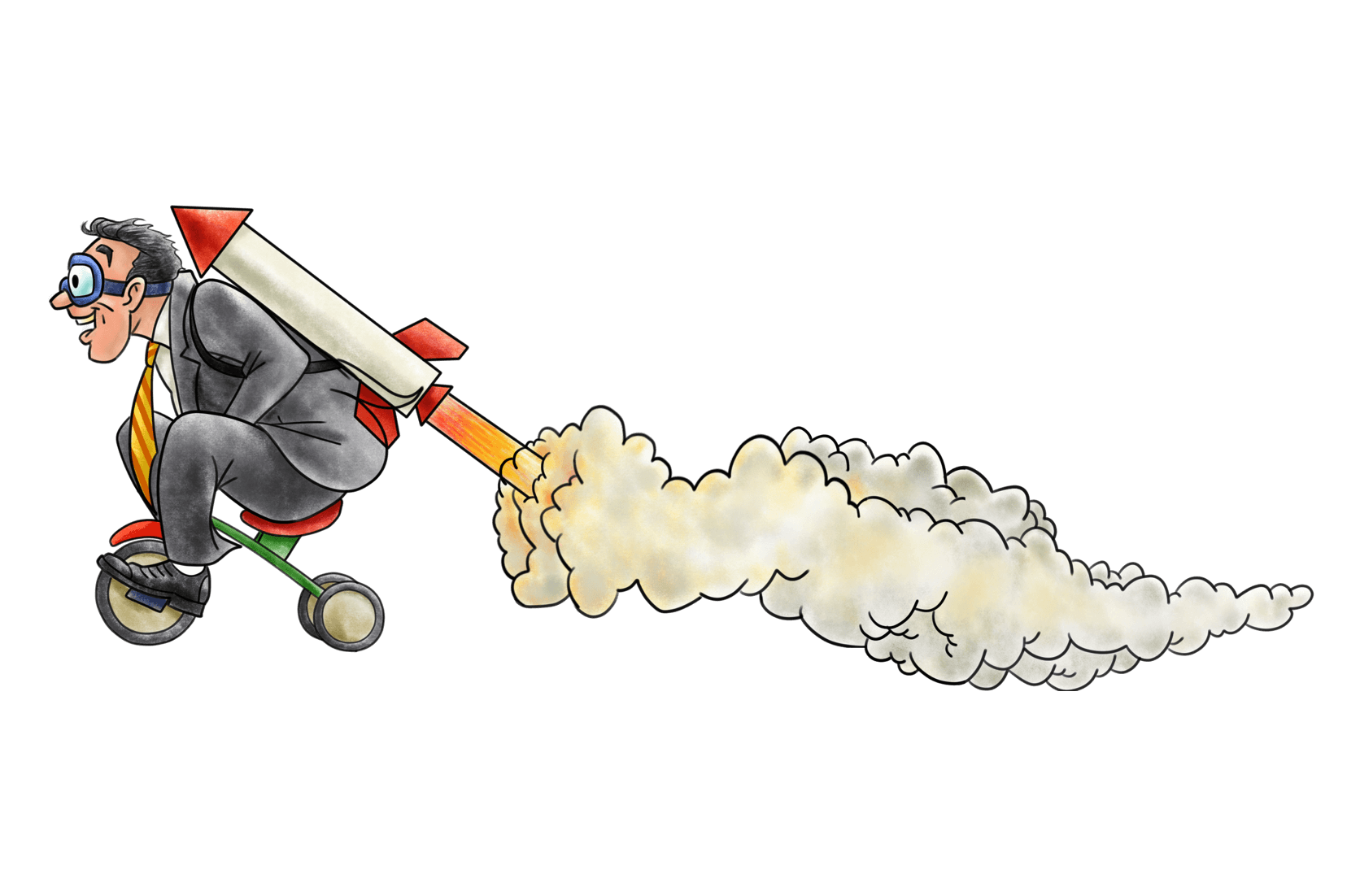
PechaKucha, a Haiku:
A law of restraint
Difficult by which abide
Chatter, clarity
In the spirit of all things short and Japanese, I’d like to introduce you to an underutilised, yet extremely powerful presentation style that goes by the name of PechaKucha.
The history
The PechaKucha presentation format was conceptualised in 2003 by two Tokyo-based architects that needed a solution to drab speeches and death-by-powerpoint presentations. They noticed that presentations were generally set up to speak at people, not to people. So they set out to change that with a style they dubbed PechaKucha, a Japanese phrase that means chatter, or chit-chat.
The premise is simple:
20 slides, set on a 20-second auto-play. 6 minutes and 40 seconds of presentation time.
Guess what this reduces?
Clutter.
By condensing the most important information that the audience needs to know in a way that’s creative and informative.Let’s break it down further.
Here’s a 5 step method you can use to create a powerful PechaKucha that’s sure to keep it snappy and relevant.
The method
Step 1: Choose something you know well, or choose something simple
Spend some time thinking about this part. You’ve got to know your subject matter before trying to teach somebody else about it. A poorly researched presentation is noticeable even in the most eloquent of presenters. The easiest topic for a Pecha Kucha that flows well with confidence is one that you’re a subject matter expert in, or one that can be mastered with limited research.
Step 2: Decide on your approach
Pechakucha is meant to be high-impact information in an easy to consume format. And not just the 20x20 structure, either. Will you tell a story? Give a how-to? A review? Pose an argument or a different school of thought?
These are great starting points as they help frame the point of view from which you can distill your key concepts or ‘thesis’ of sorts.
Step 3: Distill your key concepts
Timing is crucial (obviously) and realistically, there’s a trade-off between breadth and depth that you need to decide on.
If you’re doing a broad overview, think of some segments that you can sort your key points into.
For example: my first PechaKucha was a fairly broad overview of coffee. To sort my information and create a structure that flowed as best it could, I chose 3 key areas to cover: the beans, the machine, and the barista.
Distilling information is one of the greatest benefits of the PechaKucha format. It’s a skill rarely practised or tested, but the process (and the end result) is incredibly valuable in developing the ability to be succinct in presentations, writing, and even in conversations!
Step 4: Create an outline (these will be your 20 slides)
Headings will further define the structure of your presentation and give the audience a way to stay engaged. Not every slide has to have a heading, as some may be follow-up slides or just images.
Below are two outlines of my PechaKucha presentations to date:
How to be a coffee snob (Made with love and sarcasm, by Erin)
Learn Chinese in 6 minutes and 40 seconds (Inspired by ShaoLan)
As you can see, I’ve tried to keep text to a minimum (with much room for improvement) and use images that are informative and relevant to the topic, not just fillers. Although trying to teach an audience how to read Chinese with no text would be challenging at best! By the way, if ShaoLan’s clever images have inspired you to take a look at learning Chinese, I’ve summed up my pick of the best Chinese learning apps right here.
Pechakucha purists state that the only way of presenting Pechakucha is with just images - no text. We’re a little relaxed about that rule as we’re still trying to perfect the timing, and more complex topics do need some text as a backup.
However images, in most cases, are more powerful than words. You want the audience to be engaged with what you’re saying, not what they’re reading. Bullet-point powerpoint slides were the catalyst for creating this style of presentation, so use them sparsely.
Step 5: Practice
I can’t stress this part enough. Unless you can count in your head whilst speaking (and if you can, please share your wisdom), you will need to practice your PechaKucha to create a presentation that flows at the desired pace, no matter how well you know the topic.
And once you’ve practised, practice again! Each time you do you’re reviewing the information, and if it doesn’t make sense to you, it won’t make sense to your audience either.
How we do it at Yarno, and why:
After Lachy discovered Pechakucha, he gave it a shot and we all agreed: it needed to stay. In just a few minutes, we’d learnt about Trello’s Kanban (go, Japan!) system and how it works.
We delegate a team member to present in our team WIP every Monday morning, and presenters can choose any topic they wish. Quite literally any.
Today, Joel taught us (complete with a hands-on demo!) of how to effectively use just one paper towel when washing our hands.
So. Environmentally. Efficient.
So no matter how abstract the topic, we’re free to teach, discuss and learn however we please. As long as it’s within 6 minutes and 40 seconds, that is.The best part is that we get to learn about topics that we otherwise wouldn’t even think about or have time to research. Also, it’s fun. We like fun.
It’s super easy to set up, too.
On your chosen presentation software (Powerpoint, Keynote, Prezi) head to settings > presentation type and set a 20.0-second delay between each slide.
Arigato gozaimasu!














































































